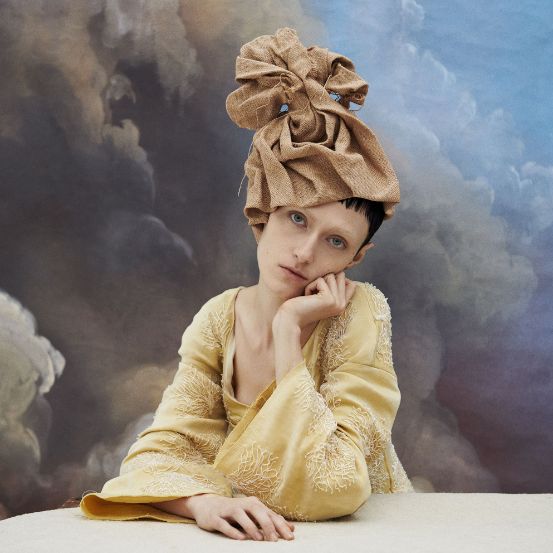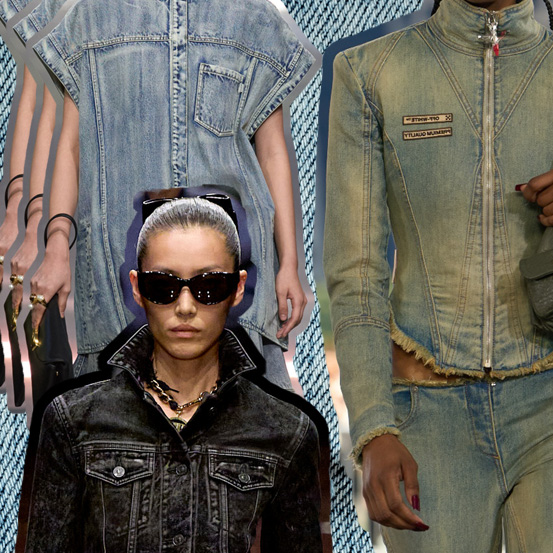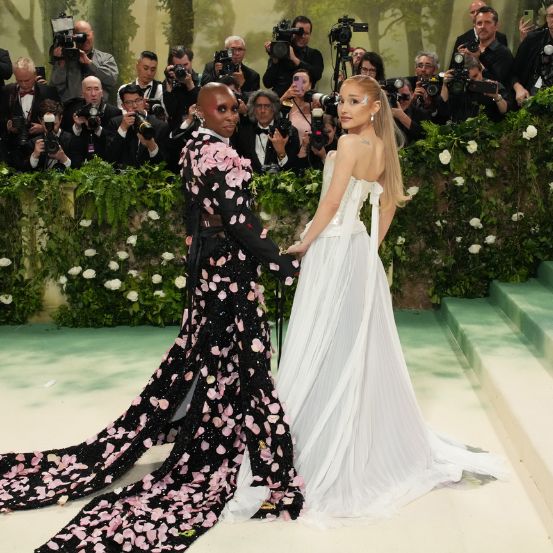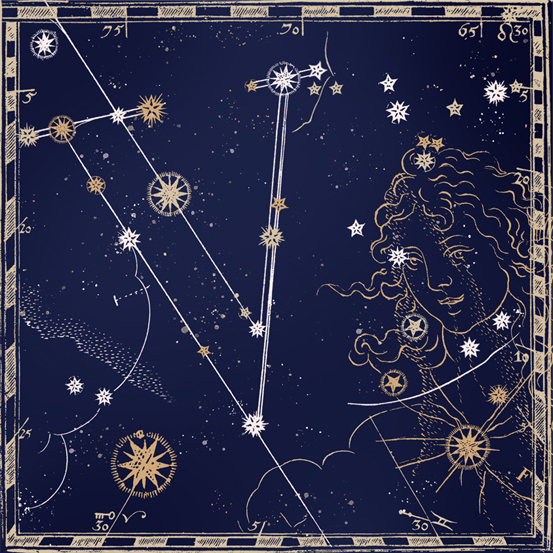With a creative vision that emerges from his instincts, French artist Blase combines the antique with the contemporary in an interplay of surprising references that lend art the multiple facets of humour.
Easily recognised for his witty ability to incorporate 21st century elements into old paintings, creating unexpected combinations, the French artist - who is currently living on the island of Madeira - imprints his distinctive stamp on each work. In a delicate process that begins with the selection and restoration of the original paintings, Blase introduces elements that transform the pieces, giving them renewed meanings that promote new interpretations and sensations. Thus, by crossing the boundaries between the past and the present, addressing both the traditional canon of art history and pop culture references, his works can sometimes come as a shock but, at a second glance, they provoke deep reflection. It is precisely this capacity for reinterpretation that defines Blase's unique style, blurring the boundaries between emotions such as seriousness and humour, building unique and striking narratives.
I read that you dream of creating your own works to express your “unique vision of existence in the world.” How would you describe this unique perspective, and how do you try to convey it in your art?
I don’t believe my vision is any more unique than anyone else’s. Let’s say I’m drawn to slow, labour-intensive processes that can lead to something beautiful. Oil painting is a great example. I probably inherited this respect for well-crafted work from my father, back when learning a craft took time. Today, a YouTube tutorial is enough to convince someone they’ve mastered a skill in two days. I don’t buy it. Sensations, muscle memory - those things take years to develop.
In your work, you mix classic imagery with contemporary references. What are your main visual influences, and how do you balance these two very different worlds?
I love classics like Chardin, Velázquez, Richter, or Freud, but they don’t have a direct impact on my work. My true influences lie in attitude: Gainsbourg for his sense of appropriation, Burton and Elfman for their unique and inspiring universe, John Williams for making classical music accessible to those who never listen to it, Cattelan for his humour, and Daft Punk for their long-term vision. It’s their approaches, more than their visuals, that inspire me.
Having spent your youth rummaging through antiques, how do you think that has influenced and altered your creative process? With your years of experience have you developed an almost perfect way to scour through old canvases?
My parents were antique dealers, and sometimes, at a client’s request, they had to clear out an entire house in a day, often after someone passed away. People wanted to move on quickly, to sell their grandparents’ house. I would go along, too young to carry furniture, so I would empty drawers and fill big bags. Sometimes, I’d come across family photo albums. Throwing away those faces of strangers terrified me - a whole life condensed in a drawer. I’d stand there, transfixed, until my father would scold me for wasting time. Secretly, I’d slip a photo into my pocket, convinced I was saving someone. Today, I have a shoebox full of portraits of strangers.
In your work you present an “anachronic play that confuses the viewer, manipulating the mind to convoke doubt and rearrange one’s very own perception”. Why do you feel the need to alter people’s perceptions of the original canvases?
I’m fascinated by those moments when you don’t know what to believe about what you’re seeing. Not in a mystical sense, but because sometimes a situation escapes immediate understanding. In those precise moments, you feel incredibly alive, fully anchored in the present. That’s the feeling I’m after. When people encounter my paintings for the first time, they waver between disbelief and mistrust. Observing those reactions, that hesitation, is what I find most fascinating.
Your work tends to capture people’s attention when they least expect it. How do you use humour to provoke such reactions and reflections from your audience?
Humour disarms; it puts people at ease. Creating a dissonance often leads to something funny, but not exclusively. It also allows you to address sensitive subjects that would otherwise be difficult to broach. This break surprises and amuses but also opens the door to deeper reflection. Even in painting on old artefacts, there’s a dissonance, a subtext where form and content align. Ultimately, everyone is free to interpret it as they wish. It’s a gentle way to challenge certainties without being confrontational.
What makes a painting ideal for your work? Are there specific elements you look for when choosing a piece to restore?
I have friends who are antique dealers specialising in design - Prouvé, Perriand, Lalanne. When I go hunting with them at fairs or auctions, their approach is very structured. They know exactly what piece they’re looking for. With callipers and precise notes, it’s almost mechanical. In painting, it’s entirely different. Callipers are useless, and even valuation websites fall short because each work is unique. It’s more of a meeting than a calculation. That unpredictability, that connection with the piece, is what I find far more beautiful.
What’s the process behind restoring and adding new elements to a painting?
It’s like a three-cushion billiard shot, or rather, a dialogue. First, between the original work and me; then, between me and the narrative I want to include; and finally, between the audience and what I propose. All three strings need to resonate together. That doesn’t mean I aim to please at all costs. Some of my subjects are clearly unsettling for certain audiences. But you have to know what you’re working with: if I insert an obscure reference that only I and three friends understand, it becomes hard to create a connection. I don’t think it’s shameful to reach out to the audience through your work. Especially since we’ve just come out of 40 years of postmodernism, where not understanding was part of the game.
You’ve spoken about "restoring common sense in a society corrupted by overconsumption and rejecting a system that bores and disgusts." What does this society mean to you, and how do you aim to create an alternative?
I don’t believe I’ve created an alternative. I’ve simply done what I wanted to see exist - a purely selfish act, like everyone else. The forces that drive us come from our histories: I grew up in the countryside, where you learn to make do. Today, there’s a lot of talk about degrowth or anti-consumption, often from people with advanced degrees trying to sell as many books as possible. That immediately contradicts their message. But you don’t need complex theories: live in the countryside with little money, and you’ll have tomorrow’s society. It’s a simplicity I’ve rediscovered here in Portugal, since moving here. Nothing theoretical, just a raw reality: you make do with what you have, and that’s enough.
You mentioned finding simplicity here in Portugal. What brought you to our country? Does it connect to your art, and how does it influence your perspective?
I came to Madeira on the advice of a friend, looking to clear my head. Things weren’t going great at the time. It was a bit of a random choice, but within a few days, it became a genuine love affair. I found a peace here that saved the neurotic Parisian I was. Fun fact: I live in Câmara de Lobos, where Churchill used to paint. He was also born on November 30th. I understand why he loved it here - there’s a serenity that grounds you deeply. Since then, I’ve been working on a project to create an artist residency, so others can experience this inspiring calm. I see boredom as a creative virtue, especially in a world oversaturated with screens. And honestly, between my lovely neighbours giving me fresh avocados from their gardens, a walk along the levadas, and an evening poncha, I can’t think of anything better in the world.
Translated from the original on "What's Next?" issue, published December 2024. Full credits and stories in the print issue.
Most popular

.png)
.png)
Relacionados







.jpg)